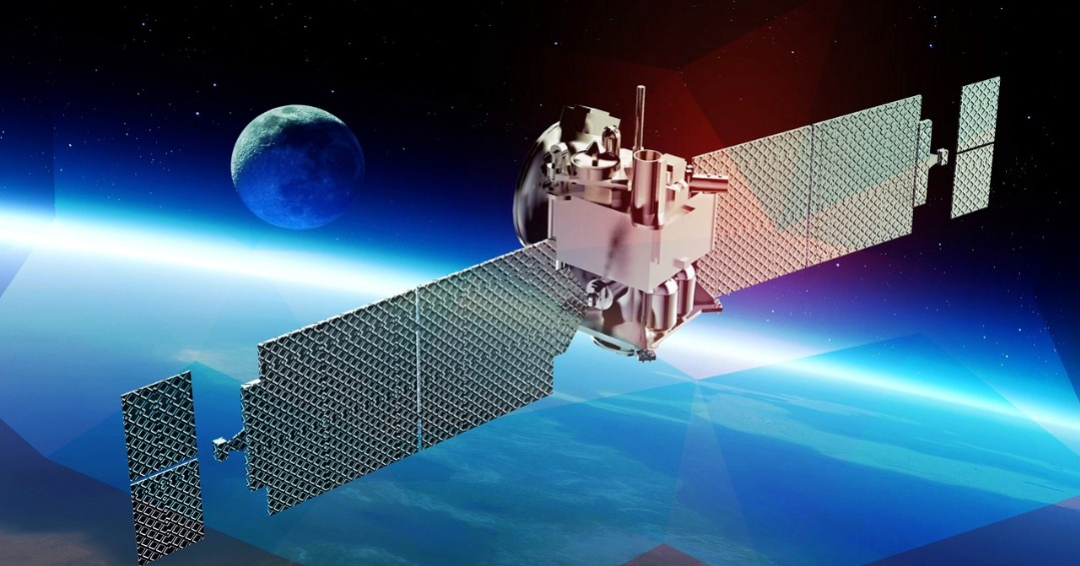Solar Power Satellites (SPS) are a potential solution to meet increasing energy demands sustainably. They take advantage of the higher and more constant intensity of sunlight in space, free from atmospheric and weather-related obstacles found on Earth's surface. Solar Power Satellites would convert the solar energy into microwave energy and transmit it to receiving stations on Earth called rectennas. The rectennas would then convert the microwave energy into electricity and feed it into the power grid.
Space-based solar power offers several advantages over terrestrial solar power sources. Solar power satellites in space can generate power almost continuously, as they are not affected by day-night cycles or weather conditions. On Earth, solar panels only produce power for a limited duration each day, typically less than 30% of the day on average.
In space, solar panels receive a higher intensity of sunlight compared to those on Earth. This is because the sunlight in space is not hindered by atmospheric absorption and scattering. At geostationary orbit, for example, the solar irradiance is approximately 1366 watts per square meter (W/m2), while on Earth, it peaks at around 1000 W/m2 under ideal conditions.
Once Solar Power Satellites (SPS) are deployed, they generate electricity without emitting greenhouse gases. Also, unlike terrestrial power plants, the location of SPS in space enables energy transmission to any location on Earth.
There are also some disadvantages that need to be taken into consideration. Building and deploying Solar Power Satellites (SPS) involves advanced and costly technologies. The deployment of large structures in space, such as SPS, raises concerns about space debris. Additionally, the use of microwave power transmission poses safety challenges, requiring careful consideration to ensure the process is safe for all life forms and does not interfere with existing telecommunications infrastructure.
Space-based solar power systems offer significant advantages, including constant, efficient, and environmentally friendly energy production. However, there are significant technical and logistical challenges that need to be addressed for the successful implementation of this technology. Recognizing these challenges, organizations like the European Space Agency are actively exploring the feasibility and viability of space-based solar power as a potential solution for future energy needs.
Source: www.universal-sci.com

